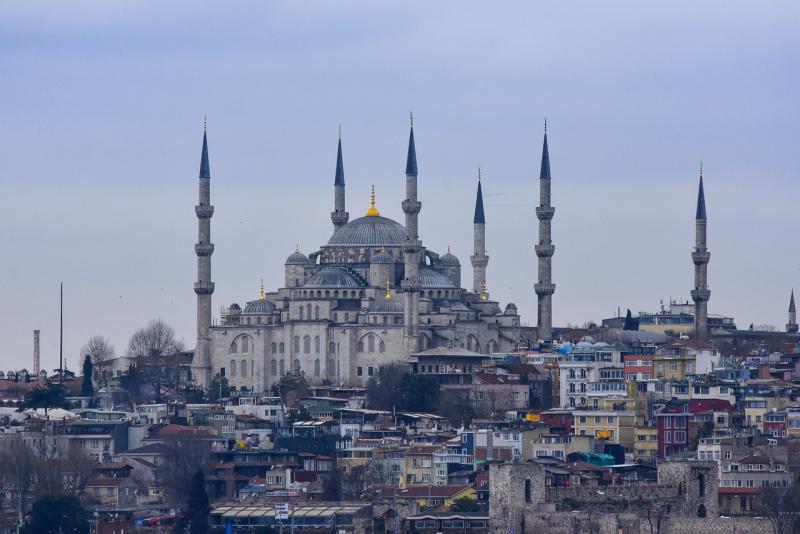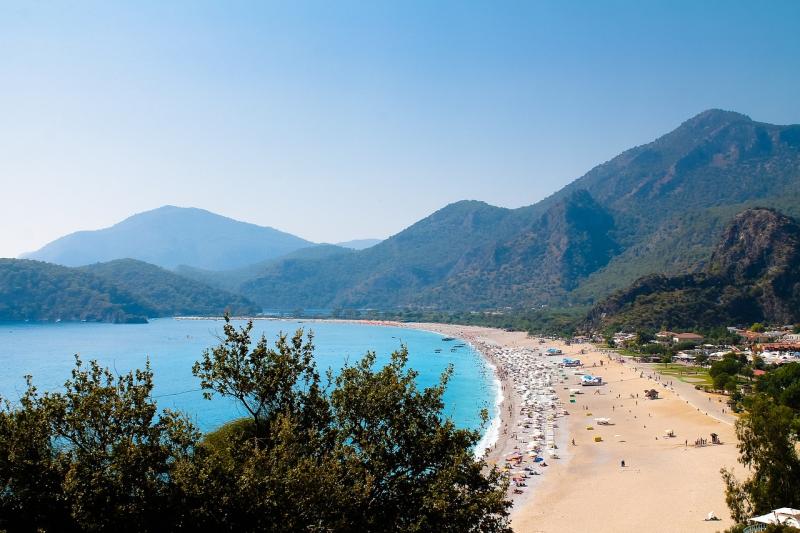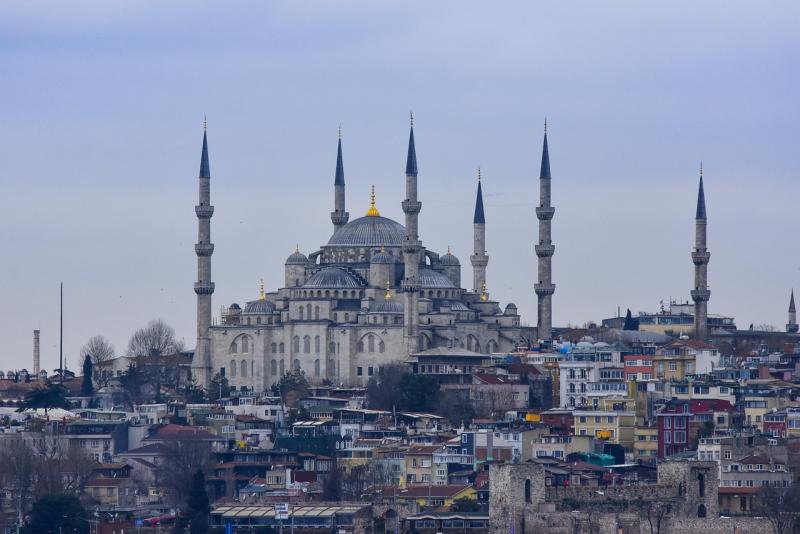Culinary Chronicles: Spice Trails and Flavorful Journeys Through India

India is a land of vibrant colors, rich traditions, and, perhaps most importantly, an unparalleled culinary heritage. The country’s diverse cuisine is deeply rooted in its history, geography, and culture, with each region offering its own unique flavors and culinary traditions. Traveling through India’s spice trails is more than just a journey for your taste buds; it’s an immersive experience that connects you with the heart and soul of the country.
The Spice Heritage of India
India’s relationship with spices dates back thousands of years, making it one of the most important centers for spice cultivation and trade in the world. The subcontinent's rich soil and favorable climate have nurtured a variety of spices, from the fiery red chilies of the south to the fragrant cardamom of the Western Ghats. These spices have not only shaped the culinary practices of India but have also influenced cuisines around the globe.
One of the most iconic spice trails in India runs through the state of Kerala, often referred to as the “Spice Garden of India.” Kerala’s spice markets are a sensory delight, where the air is thick with the aroma of pepper, cloves, cinnamon, and cardamom. A visit to a spice plantation in this region offers insight into the traditional methods of spice cultivation that have been passed down through generations. Here, you can walk through lush plantations, learn about the processing of spices, and, of course, taste some of the freshest, most aromatic spices in the world.
Exploring Regional Flavors
India’s culinary landscape is as diverse as its geography. From the rich, creamy curries of the north to the tangy, coconut-infused dishes of the south, every region tells its own story through food. Traveling across India allows you to experience these distinct flavors and understand the cultural significance behind each dish.
In the northern region of Rajasthan, for instance, the cuisine is characterized by its use of bold spices and dried ingredients, a reflection of the arid climate. Here, dishes like Laal Maas, a fiery mutton curry made with red chilies, and Ker Sangri, a unique vegetable dish made from dried desert beans and berries, showcase the resourcefulness and creativity of Rajasthani chefs.
In contrast, the cuisine of Bengal in the east is heavily influenced by its proximity to rivers and the Bay of Bengal. Fish is a staple in Bengali cuisine, often cooked in mustard oil and seasoned with spices like turmeric, cumin, and fenugreek. The result is a delicate balance of flavors that highlights the region’s love for both sweetness and heat.
Cultural Connections: Spice and Trade Routes
India’s spice trails are not just about food; they also offer a window into the country’s history of trade and cultural exchange. The spice trade routes connected India with various parts of the world, influencing global cuisine and bringing foreign flavors to Indian kitchens. This exchange can still be seen today in the culinary traditions that blend Indian spices with influences from the Middle East, Europe, and beyond.
For travelers who have explored regions like Scandinavia or Eastern Europe, where cuisines often rely on milder flavors, the bold and intricate use of spices in Indian food can be a revelation. While Scandinavia Winter Holiday Tour Packages From India might transport you to a world of hearty stews and pickled herring, a journey through India’s spice trails offers a dramatic contrast, where every meal is a celebration of vibrant, complex flavors.
Similarly, those who have experienced Eastern Europe tours will recognize the historical ties between Indian spices and European dishes. The introduction of spices like black pepper and cinnamon to Europe transformed its culinary landscape, influencing everything from savory dishes to sweets. This historical connection adds an extra layer of appreciation for the rich spice heritage of India.
Immersive Culinary Experiences
To truly understand the depth of India’s culinary culture, immersive experiences are a must. Cooking classes, market tours, and food festivals offer hands-on opportunities to learn about the spices, techniques, and traditions that define Indian cuisine.
In cities like Mumbai and Delhi, food tours take you through bustling markets where you can sample street food that showcases the local flavors. From the spicy chaat of Delhi to the tangy pav bhaji of Mumbai, these tours offer a taste of the everyday foods that fuel India’s cities.
For a more in-depth experience, consider a homestay in rural India, where you can cook alongside locals and learn traditional recipes that have been passed down through generations. These experiences not only deepen your understanding of Indian cuisine but also create lasting connections with the people and places you visit.
Conclusion
India’s spice trails offer a journey through time, culture, and flavor. Whether you’re a seasoned traveler or new to the culinary world, exploring India’s rich culinary heritage provides a unique and unforgettable experience. As you plan your next adventure—perhaps a winter getaway with Scandinavia Winter Holiday Tour Packages From India or an exploration of Eastern Europe tours—consider adding India’s spice trails to your itinerary. This flavorful journey promises to leave you with lasting memories and a deeper appreciation for the spices that have shaped the world’s cuisine.










Comments